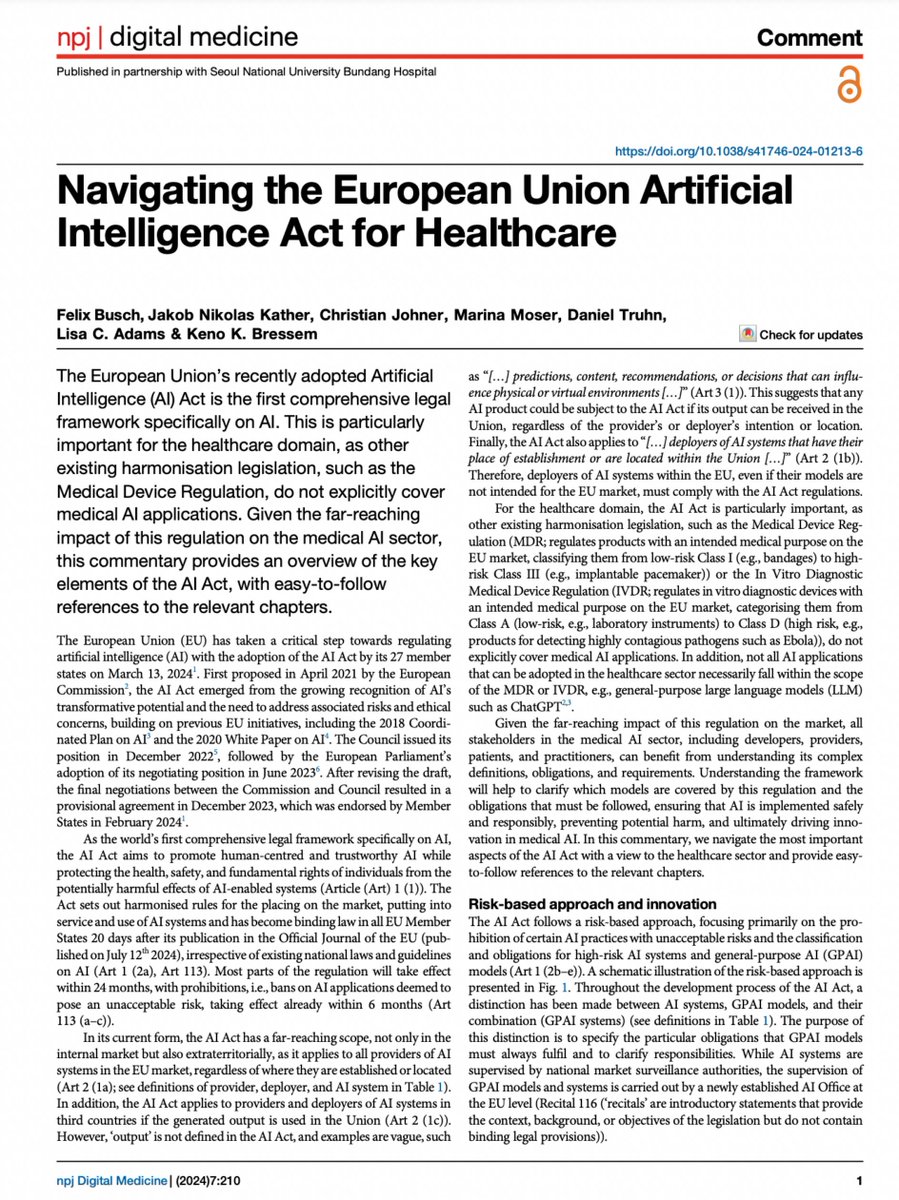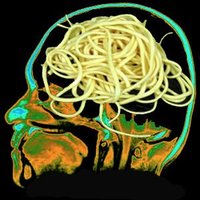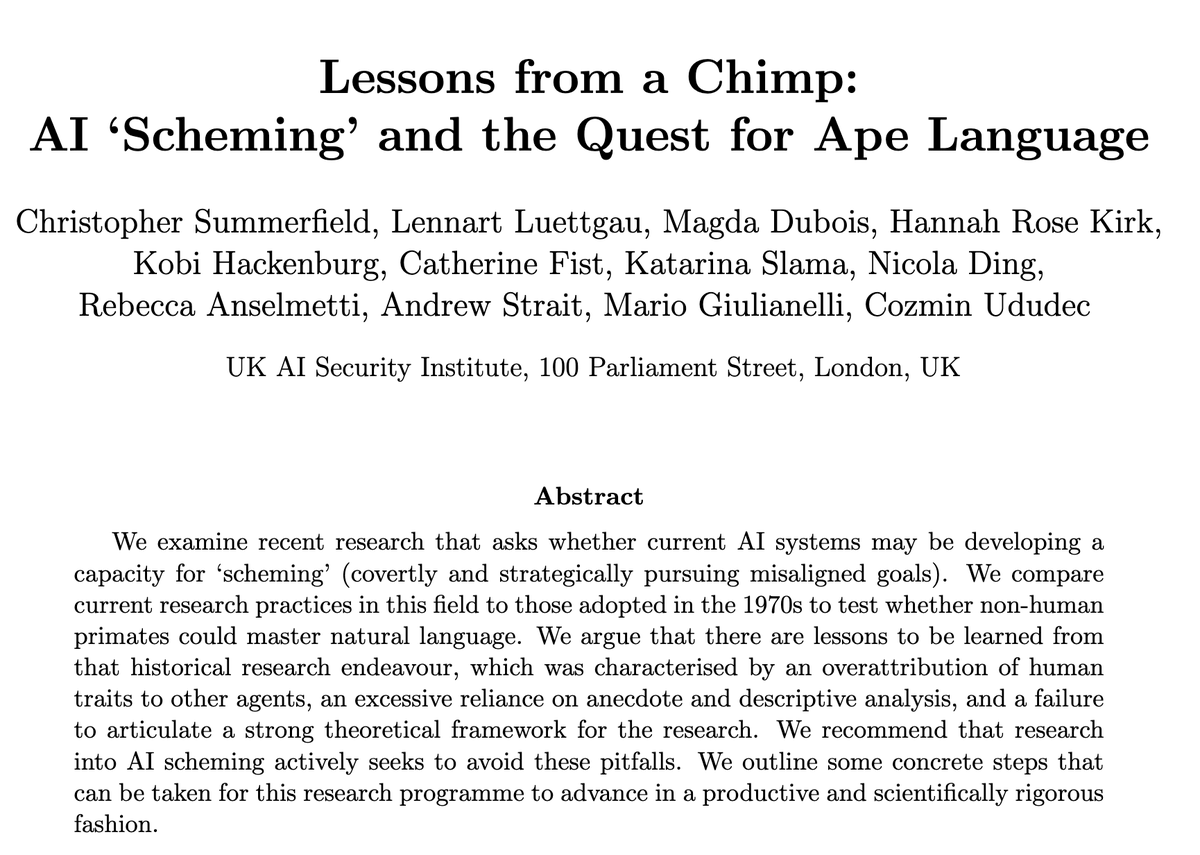
Magda Dubois
@dubmagda
Data Scientist | Neuroscientist | Currently working @tortus_AI
Previously PhD @MPC_CompPsych in computational cognitive neuroscience 🧠
ID: 804222097325166592
01-12-2016 07:14:24
92 Tweet
353 Followers
457 Following

The code for the CPC Zurich is now available online: bitbucket.org/fpetzschner/cp…. Check out the VBA-Toolbox by Lionel Rigoux , hBayes by Woo-Young (Young) Ahn and Active Inference Philipp Schwartenbeck, HGF is soon to come...#CPC2018 #opensource @tnuzurich


When in doubt, leave it out? This simple strategy explains how we make the best of our cognitive limitations when tracking the uncertain source of noisy sensory signals. New study led by Julie Drevet, out now in Nature Human Behaviour. 🎉 Summary thread below: 👇 rdcu.be/cV7sU


A while ago we published this #RegisteredReport in Nature Communications - but was this format of pre-registration really useful? Find some answers in this Q&A with us and one of the reviewers: nature.com/articles/s4146…






Paper out in PNASNews! A 'cognitive mapping' lens on language in psychosis, using word embedding models, computational modelling, and MEG. A hint of what's to come at Oxford Psychiatry and UCL Brain Sciences... With Dan McNamee, Yunzhe Liu, Ray Dolan. pnas.org/doi/abs/10.107…


I am excited to share that our article *Navigating the European Union Artificial Intelligence Act for Healthcare* has just been published in npj Digital Medicine🚀 #AIRegulation #DigitalHealth #EUAIAct #MedicalDevices #Innovation #npjDigitalMedicine #AIinHealthcare




New paper introducing a framework to better quantify uncertainty in LLM evaluations (led by Lennart Luettgau🙌). A beta Python package (developed by Harry Coppock🚀) is available if you want to try it out. ➡️Get in touch if you have any Qs/feedback! Paper: arxiv.org/abs/2505.05602


We're excited to announce the Call for Papers for SaTML 2026, the premier conference on secure and trustworthy machine learning SaTML Conference We seek papers on secure, private, and fair learning algorithms and systems. 👉 satml.org/call-for-paper… ⏰ Deadline: Sept 24






